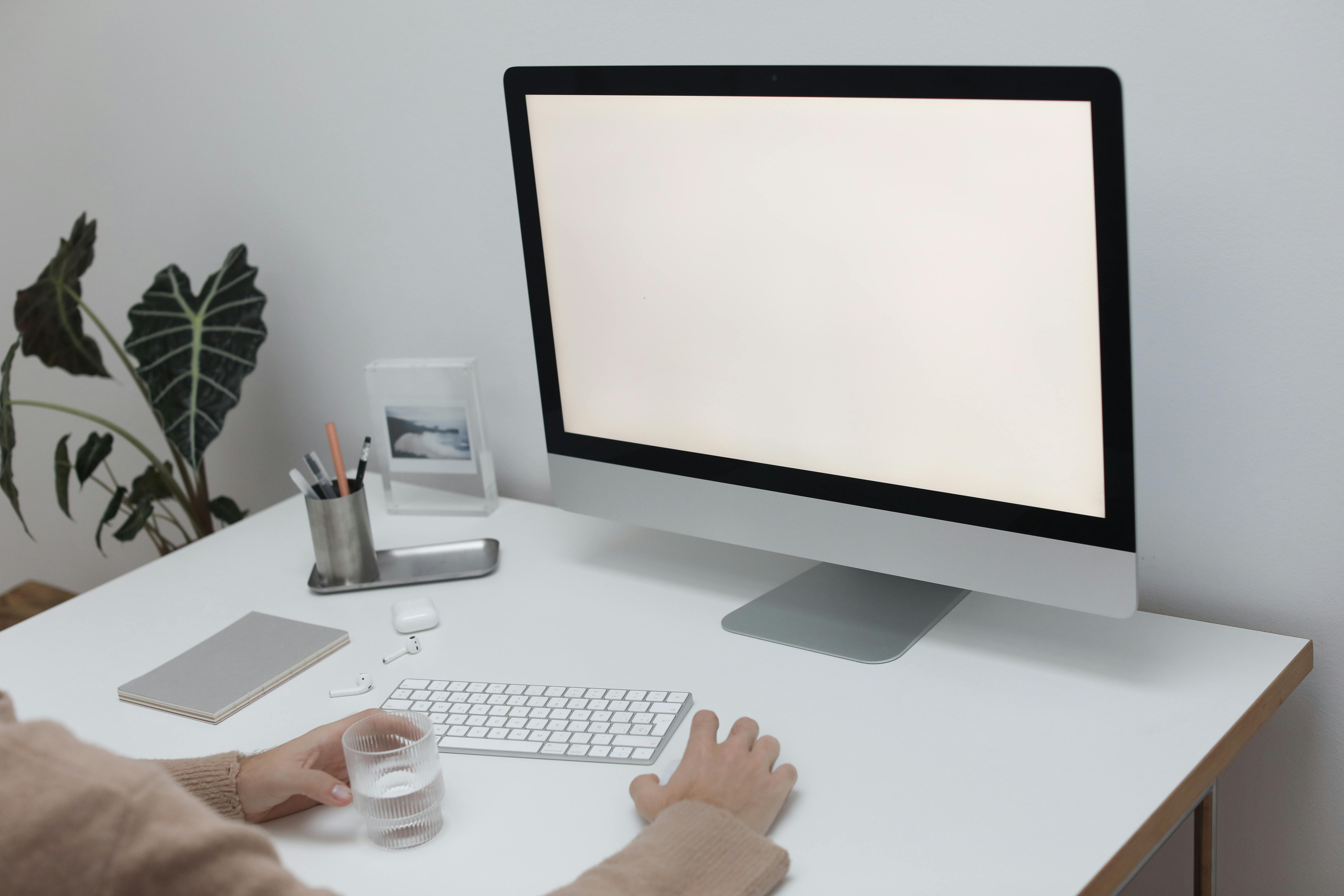
8 Proven Methods For Effective Note-Taking In Lectures
Taking clear and organized notes plays a crucial role in keeping track of lectures and assignments. Well-crafted notes not only help you recall important information but also encourage new ideas when you review them later. When you know how to highlight main concepts and arrange your thoughts in a way that makes sense to you, studying becomes less stressful and more productive. Developing these skills can make it easier to participate in class discussions and complete assignments with greater confidence. Whether you are listening to a lecture or reading a textbook, effective note-taking can help you stay on top of your academic responsibilities.
Advertisement
Finding a note-taking approach that suits your personal habits can be a game changer. Trying different methods allows you to adjust your techniques to the type of lecture and your own learning style.
Understanding Your Learning Style
Being aware of how you learn best can help you pick a note-taking method that really clicks. Some people remember words they write down, while others do better when they visualize information. Knowing what suits you lets you concentrate on the important parts of a lecture.
Consider these common learning styles and how they might impact your note-taking:
- Visual: Images, diagrams, and maps might make the details stick.
- Auditory: Record key points or use audio to review later to find what works best for you.
- Reading/Writing: Detailed notes and summaries can help reinforce the lesson.
- Kinesthetic: Engage with the material by writing things out or using hands-on examples to support your retention.
The Cornell Method
The Cornell method organizes your notes by dividing the page into sections for recording main ideas, details, and summaries. This method helps you quickly review lecture contents and identify the core concepts later on.
When you leave class with a page full of notes, you can easily scan for keywords in the margin and later write down summaries on the bottom section. This system keeps your notes structured and cuts down the time needed to prepare for exams.
Mind Mapping for Visual Learners
Mind mapping transforms complex information into a web of connected ideas. You start with a central concept and branch out into related topics, which makes it easier to see how ideas link together. This creative method refreshes your memory and helps you understand the lecture holistically.
Follow these steps to create an effective mind map:
- Write the main topic in the center of the page.
- Draw branches to key subtopics and label them.
- Add details and smaller branches to each subtopic, showing relationships.
- Use colors or symbols to represent different themes or importance levels.
Outline and Charting Methods
Outlining structures your notes in a hierarchy, separating main points from supporting details. You write the lecture in an ordered list to review later. Charting lets you set information in columns to compare ideas side by side.
These methods work well in lectures with lots of facts and figures or when a topic breaks down into clear sections. They help you recreate the flow of the lecture in your own words and recognize the logical sequence of the content.
Active Listening and Engagement Techniques
Taking notes involves actively listening and engaging with the content, not just writing. When you participate in the discussion and ask questions, you reinforce your understanding. Paying close attention increases your comprehension and keeps you present during lectures.
Here are some ways to stay involved while note-taking:
- Ask direct questions during or after the lecture.
- Record interesting examples or real-life applications mentioned by the lecturer.
- Summarize the main points in your own words as soon as possible.
Digital vs. Handwritten Notes
Choosing between typing on a laptop and writing by hand depends on your personal preference and the lecture type. Digital notes offer a searchable format and the flexibility to include multimedia items. You can quickly organize and share them with classmates.
Handwritten notes give you more freedom in drawing diagrams and symbols. Many people find that physically writing helps with memory retention. Try both to see which method helps you process information more effectively.
Color-Coding and Highlighting Techniques
Color-coding adds visual clarity that can sharpen your notes. Using different colors for various categories or themes makes it easier to locate important details during study sessions. Experiment with markers or digital highlighters to categorize information efficiently.
Try assigning one color to definitions, another to examples, and a third to key arguments. This approach can turn a plain list of notes into a vibrant map of ideas that visually connects related information.
Review and Revision Sessions
Review your notes soon after a lecture to strengthen the material in your mind. Take a few minutes to rewrite or reorganize your notes while the lecture is fresh, and follow up with a revision session at the end of the week to prevent details from slipping away.
This practice keeps your notes active and helps you notice when something isn't clear. Mark sections you need to revisit and add extra details from your textbook or study group. Making time to review turns your note-taking into a continuous study habit rather than a one-off task.
Good notes help you develop deeper understanding and easy recall around exam time. Try combining different methods, refining your approach with every class, and stay curious about what works best for you.
Simplifying your process and adapting to different lectures can improve your study routine and boost your confidence. Try these methods to experience more effective note-taking.
Advertisement